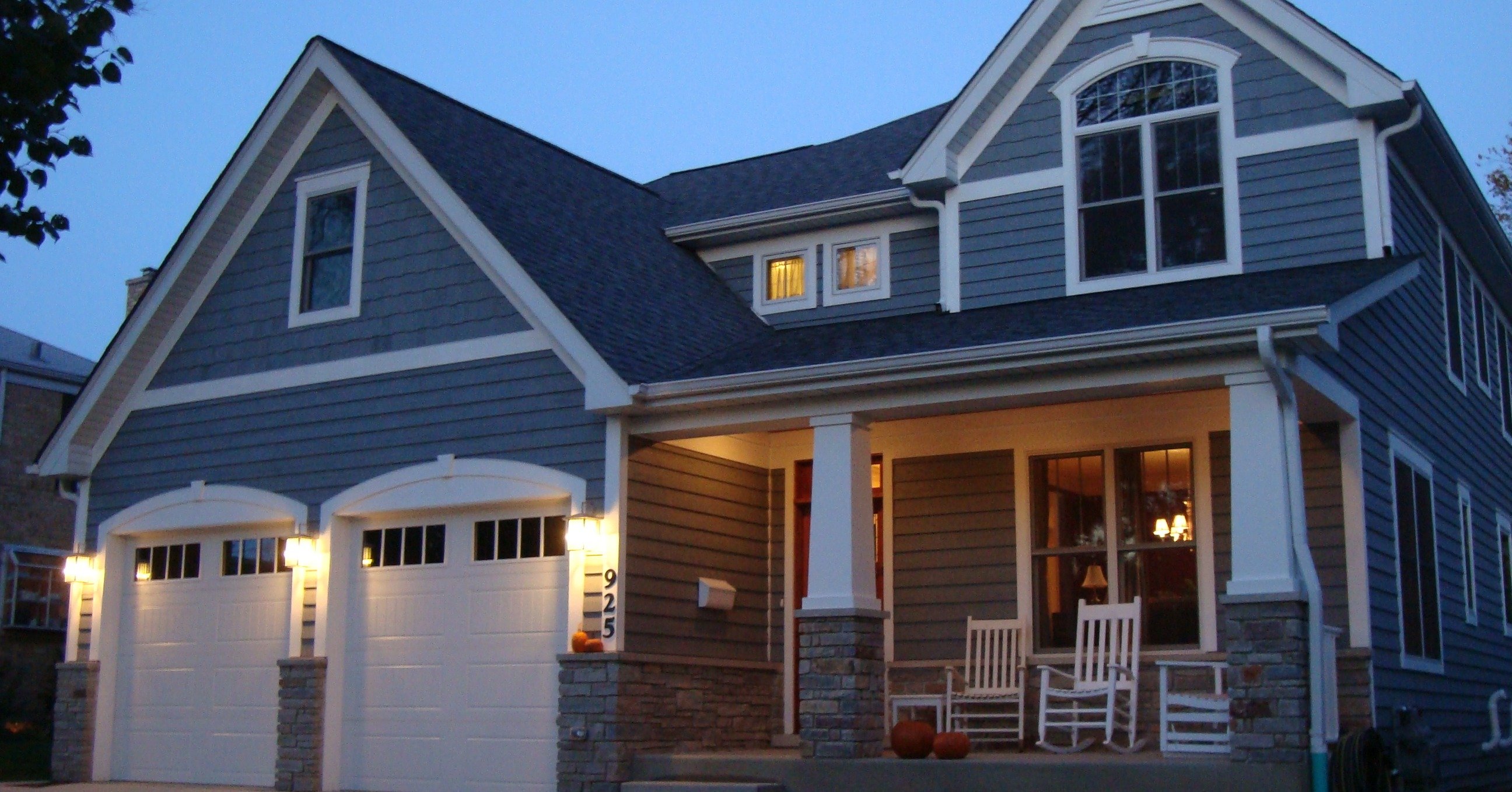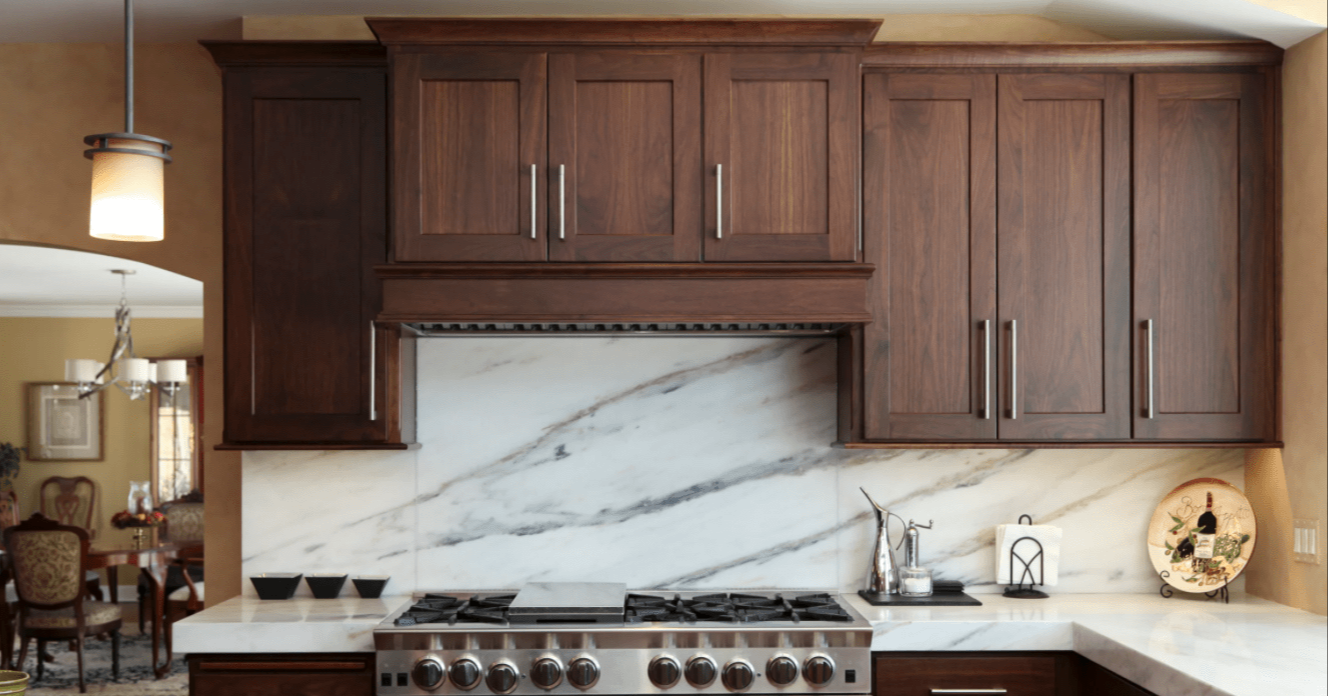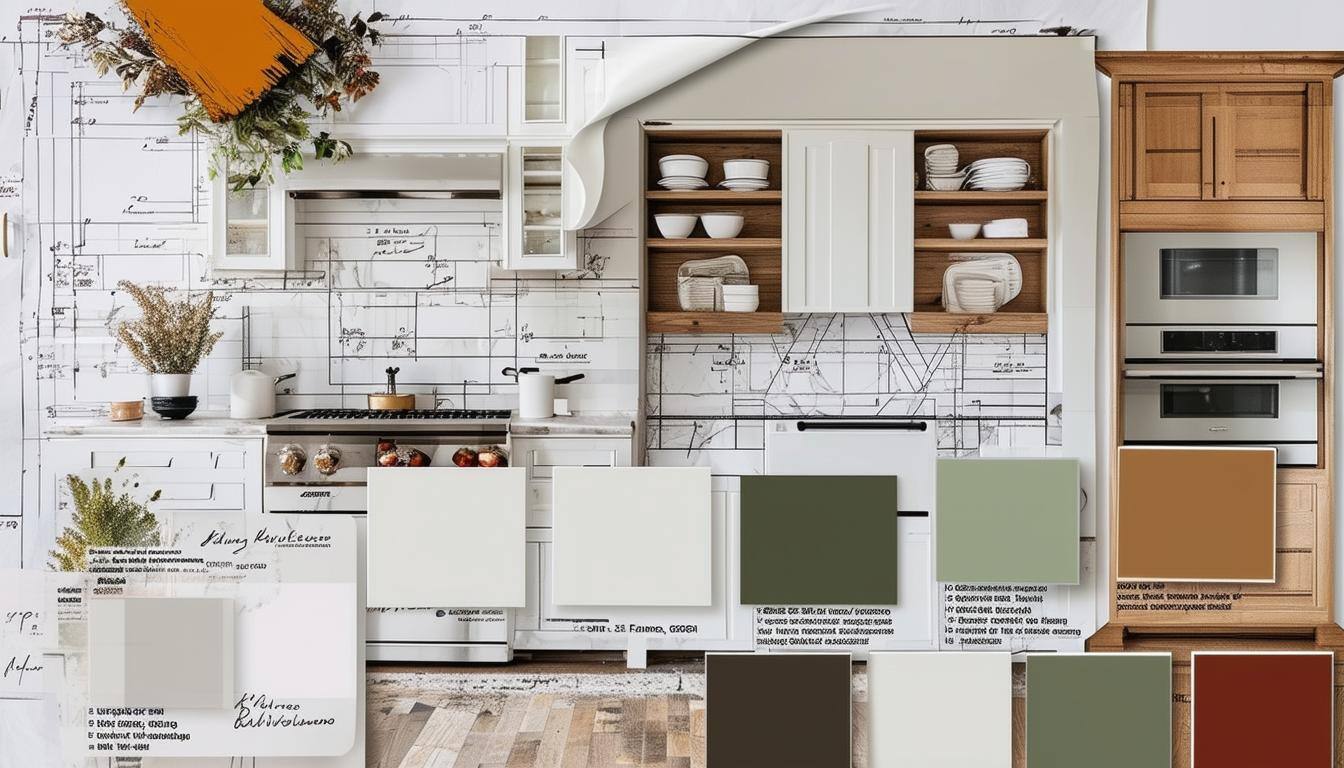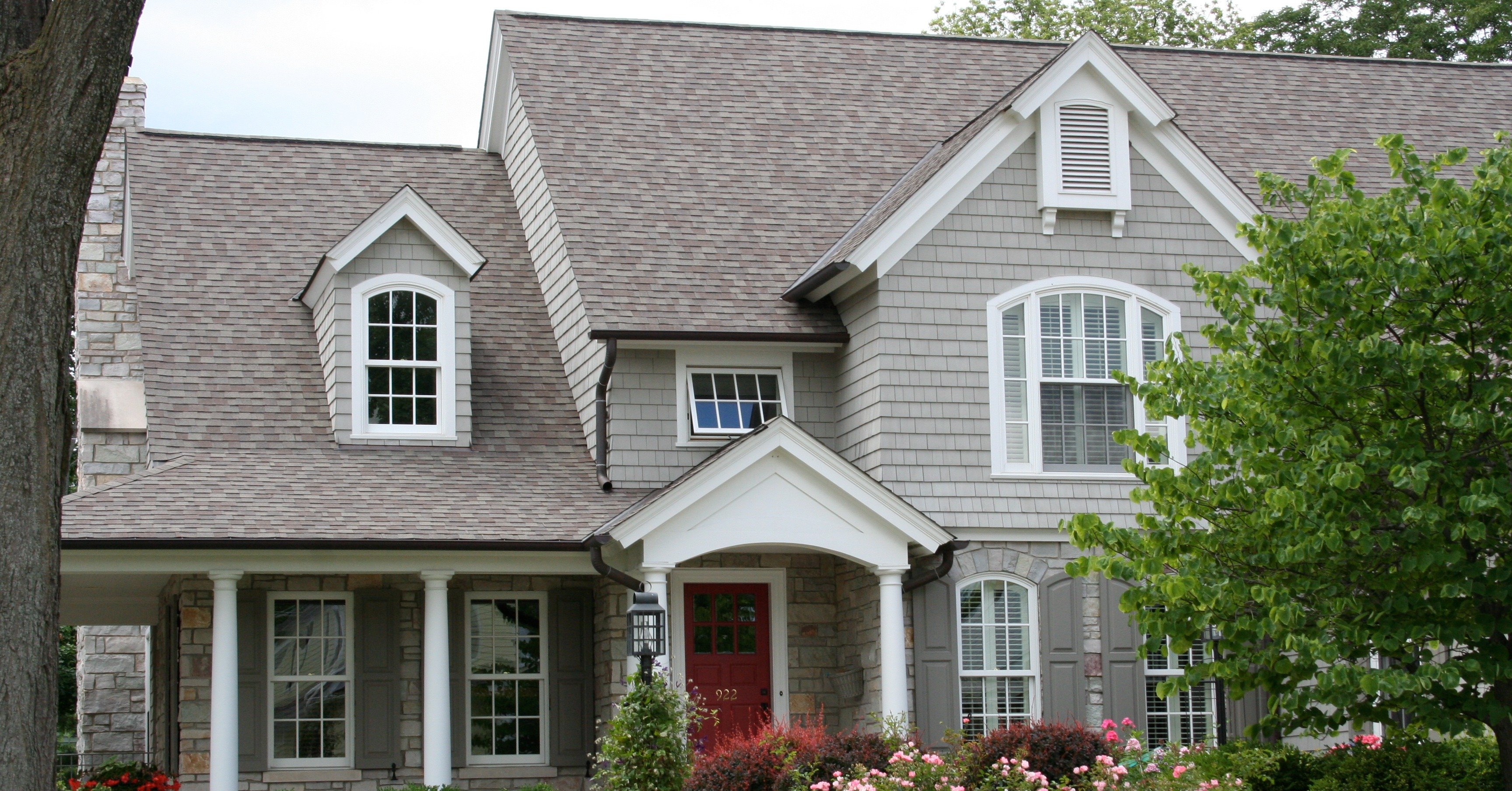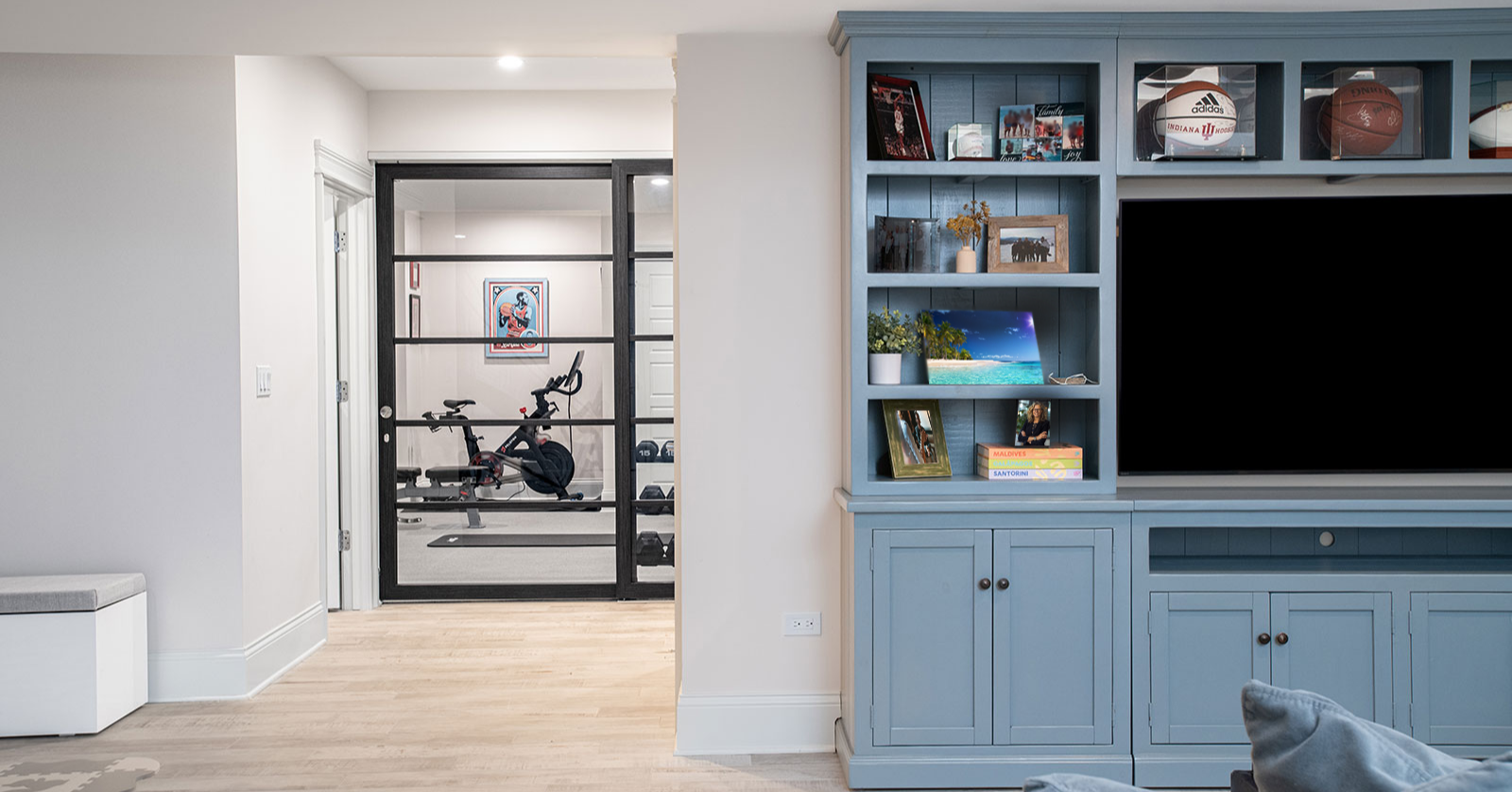Do I Need a Residential Architect to Remodel My Home? Here’s What to Consider
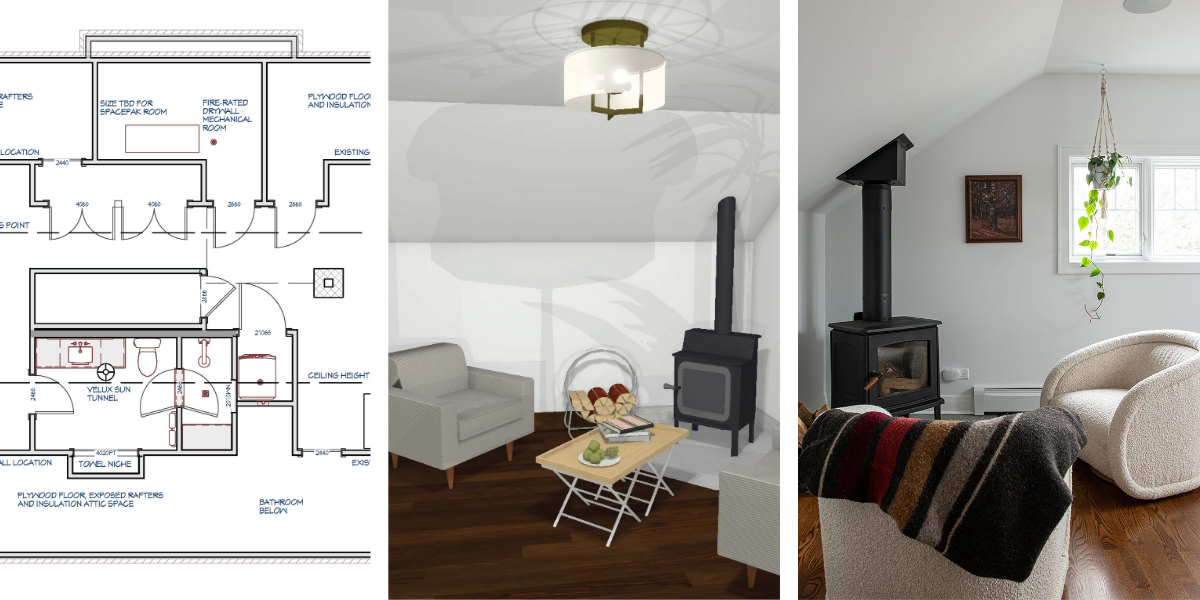
Listen to the Blog Post
If you're planning to remodel your home—whether it’s a first-floor renovation, an addition, or a whole-house transformation—you’ve likely asked yourself: “Do I need to hire an architect separately, or is there a better way to approach my remodel?”
For many homeowners, the traditional route of hiring an architect and general contractor separately is what comes to mind first. However, design-build has emerged as a more streamlined and cost-effective option that might be better suited for your project, especially if you want to avoid unnecessary stress and manage your investment wisely.
In this blog, we’ll clarify the role of an architect, explain design-build, and help you decide which path is right for you.
Design-Build vs. Traditional Approach: What's the Difference?
The Traditional "Design-Bid-Build" Method
Historically, the most common way to approach a residential remodeling or custom home build project has been through what's called Design-Bid-Build (DBB). In this method, homeowners hire a residential architect to design the project first. Once those plans are complete, you solicit bids from general contractors to price and build the design.
At first glance, this sounds straightforward. But here’s what that process actually looks like in real life:
- You’re responsible for hiring the architecture firm, the builder, and sometimes even a separate interior designer—and then hope they all work well together.
- You manage communication between the architect and general contractor—essentially becoming the project manager.
- You juggle timelines, permits, and selection decisions, often without streamlined guidance by a professional until you're already deep in the process.
- If the contractor’s price is over budget (which happens often), you’ll need to go back to the architect to redesign the project, which costs even more time and money.
This approach might work if you already have a trusted architect and builder who work well together. But for many homeowners, it becomes a frustrating, expensive, and time-consuming experience.
Image Above: S Vail whole-home remodel completed by Patrick A. Finn.
The Design-Build Approach: Everything Under One Roof
Design-build brings exterior and interior design, construction, permitting, and project management under one roof. This means you’ll have one contract, one point of contact, and a collaborative working relationship between everyone involved from start to finish.
Instead of managing multiple professionals and hoping they see eye-to-eye, a design-build firm handles it all, including:
- Design your home with a trusted architect with whom they consistently work hand-in-hand.
- Creating detailed construction drawings, plans, and 3D renderings.
- Handling all permits, zoning, and navigating local regulations.
- Coordinating tradespeople and material selections with real-time pricing feedback—so construction costs stay within your budget.
- Managing the construction process from groundbreaking to completion.
At Patrick A. Finn, for example, our licensed architects work directly with us and our clients, ensuring that what we design is beautiful, functional, and feasible to build within the client’s investment range. This eliminates surprises, costly revisions, and delays.
Discover the differences between design-build and traditional approaches by reading the post "Design-Build Construction vs. Traditional Methods: Know the Key Differences."
Image Above: Park Place Attic Primary Suite Remodel drawings, design, and construction completed by Patrick A. Finn.
What’s the Role of a Residential Architect—And Do You Still Need One?
Yes, residential architecture requires architectural services by a licensed architect. They are crucial, especially for extensive renovations or home additions where structural elements like rooflines, foundation walls, load-bearing points, and beams need careful design and calculation.
Architects are licensed professionals trained to design structures that are feasible to build and safe to construct. For example, at Patrick A. Finn, our architects are responsible for critical technical specifications, including:
- Sizing and placing beams and load points.
- Calculating foundation walls and rebar specifications.
- Determining soil strength (PSI) for the foundation.
- Designing roof pitch and drainage for long-term durability.
.png?width=1600&height=1600&name=park-place-attic-rendering-vs-actual%20(1).png)
Image Above: 3D renderings of the Park Place Attic remodel. 3D renderings, design, and construction completed by Patrick A. Finn.
Key Considerations When Hiring an Architect Separately
When you hire an architect separately, here are a few important things to consider:
- Architects will often design to your vision—not necessarily to your budget because they won’t know where contractor pricing may come in. It’s common for homeowners to fall in love with a design only to find out that it’s 80% over what they want to invest. At that point, you either pay more for the home remodel or pay for the architect to redraw the plans so that the design actually fits within your budget; this means you will incur extra costs for a revision.
- Many architects don’t provide fully detailed plans unless you pay extra. This means essential elements like electrical layouts, selections, and finishes may be missing—leaving a contractor to guess and fill in gaps.
- Plans may include vague notes like "verify in the field," meaning the builder has to figure it out on-site. Without a good builder-architect relationship, this can lead to costly mistakes, change orders, and expanded timelines.
The Advantage of a Fully Integrated Architecture, Design, and Construction Team
When you work with a design-build firm, these challenges are avoided because:
- The home design and budget are aligned from the start.
- You eliminate the expensive and time-consuming back-and-forth revisions with the architect to stay within budget.
- The original scope of work includes every detail of your specific needs—from structure to functionality to residential design and finishes.
- You get a full-service team managing the entire design process and construction—not just a set of drawings.
Image Above: Meet the Patrick A. Finn Design-Build Team—your partners in bringing your vision to life!
Why Homeowners Love Design-Build: The Big Benefits
- One team, one contract, one point of contact.
- Accurate budgeting from day one—designing to your investment range, not over it.
- Full construction drawings and selections included—no missing pieces, no guesswork.
- Seamless communication between architect, builder, and client—saving you time and stress.
- Local expertise: Because design-build teams like ours work in specific areas of the city, we have a deep understanding of the complex permitting and construction codes specific to Arlington Heights and nearby suburbs.
- Hands-off for you: We manage all permits, material sourcing, trade partners, scheduling, and construction management.
- Enjoyable Process: Instead of managing separate contracts and playing the "middleman," you get to enjoy the fun and creative part of the process—making selections, reviewing designs, and watching your dream home take shape!
Final Thoughts: Which Path Is Right for You?
If you’re comfortable managing multiple contracts, budgets, and schedules and have a trusted architect-builder duo, design-bid-build might work for you.
But, if you’re like most busy homeowners who want a single home builder team to manage the project from design through construction and ensure it stays on budget, design-build is a smarter, simpler, and often more cost-effective approach.
At Patrick A. Finn, we combine architectural design and interior design with expert project mobilization and construction, so your remodel is beautifully designed, meets local building codes, realistically budgeted, and expertly built—all in one place.
Thinking About Remodeling or New Construction?
Are you considering a remodel or a custom home build? Discover how design-build simplifies the process and keeps your budget on track by reading our eBook, "Smart Strategies for Home Renovation Budgeting: A Practical Guide."






